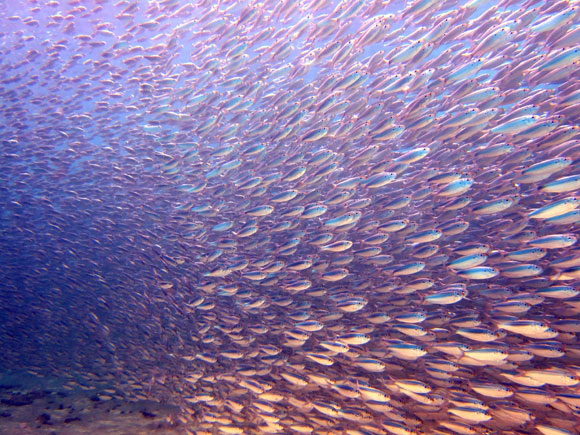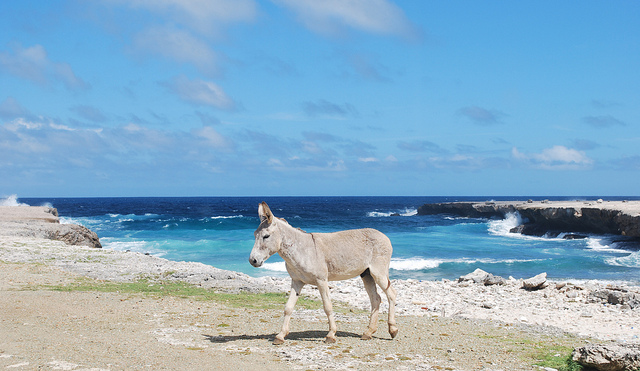Frank, PH2M will be active as PJ4M from Bonaire Island, IOTA SA - 006, 16 - 29 May 2025.
He will operate on 80 - 10m, mostly FT8.
Recent DX Spots PJ4M
QSL via home call.
Previous activity:
DJ7JC will be active from Bonaire Island 23 - 30 January 2012 as PJ4M.
He will be active on HF Bands.
QSL via home call.
Bonaire is an island of coral reefs and more!
The island of Bonaire is known as a bright representative of the Netherlands Antilles, where it was once part of the Netherlands Antilles together with its neighbors - the islands of Curaçao and Aruba. This group of islands is located in the southern part of the Caribbean Sea, just in the place where the famous “hurricane belt” passes. It is here that strong and sometimes destructive cyclones that originate off the coast of Africa move. But despite this, the weather on Bonaire is mostly just fine, the water is perfectly clear and warm, and the coast is studded with fantastic coral reefs. The beauty is hard to describe in words.

Individual marine features of Bonaire Island
Locals and frequent visitors know that you don't have to search for reefs and swim deep here - just choose the right spot and enter the water just waist-deep. Coral reefs are especially accessible at low tide. This is due to the fact that the island itself has a flat shape and is characterized by secondary volcanic origin. There is no great depth around the island and virtually no large and dangerous marine animals. The territory of the beaches is both golden sand and rather large coral pellets - particles of ore concentrate.
Taking into account all of the above, it is safe to say that the island has a very developed diving infrastructure. In the southern part the best dive sites are located and operate. The south-western part is literally sprinkled with such sites with all the technical equipment, equipment, highly qualified instructors. The most popular dive sites are: “1000 Steps”, “Carpathia”, “Salt Pier”, etc.

Geography? You really can't go anywhere without it!
It is difficult to imagine a person studying the peculiarities of this or that island without paying attention to geographical features. So, what is it about Bonaire? Bonaire? Its length is 40 km, and its width in some places reaches 11 km. According to recent studies, the area of the island is 288 square kilometers. The highest point is Mount Brandaris (height - 241 meters).
A real attraction was and remains a unique in its kind park “Washington-Slagbai”, which began its functioning more than 45 years ago. The park occupies 20% of the island and consists of numerous bushes, hills and lakes. The task of the park staff is to protect the natural complexes, including both plants and animals. Different species of parrots, pink flamingos, bats and lizards live here carelessly. Also on the island there is a special reserve “Pekelmer”, which is rightly called the largest nesting place of flamingos in the western hemisphere.
For fans of exotic fauna, we note that the island of Bonaire is home to more than 200 species of birds (including migratory birds), different types of lizards, bats, goats, and not only domestic, but also feral. Fish is a separate category of wildlife in any maritime country. More than 450 varieties of fish and several species of turtles are officially registered here.
History also matters!
It is through surviving historical data that we reliably know when Bonaire Island was discovered, who were its first inhabitants, and what difficulties arose on the way to development. So, the first inhabitants of the island were the Indians of the Kaketios tribe, who sailed to Bonaire in the distant 10th century. Europeans learned about this wonderful land only after 4-5 centuries. Unfortunately, the acquaintance of the aborigines with the guests from Europe was disastrous for the former. Why? European navigators brought to the island unknown for the local population diseases, the rapid development of which literally destroyed the Indians in a few decades. The remaining population was enslaved and taken to Haiti.
For the next 100 years (and probably more!) Fr. Bonaire was uninteresting to Europeans. Wild animals roamed in herds on its territory and migrants from South America lived there. They were not sent here of their own free will, it was a condition of forced exile. Also the pastures of the island were used for their own purposes by the Spanish governor. In what way? Animals from his farms, particularly cattle. Further, settlers from a number of European countries gradually came to the island. From 1633, the island was a protectorate of the Netherlands. This domination lasted for almost 3 centuries, until Great Britain took the local population “under its wing”.
But the Netherlands did not retreat. In 1954, the territory of Bonaire Island. Bonaire - again a part of the Netherlands Antilles, under Dutch rule. Since October 10, 2010, the island is a municipal site of the Netherlands. September 12, 2012 is a historically important date for the local population of Bonaire Island, because it was from that time that they received the right to vote in Dutch parliamentary elections.

